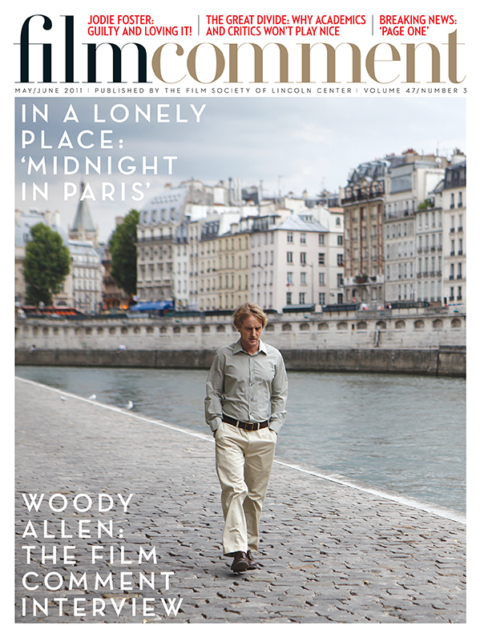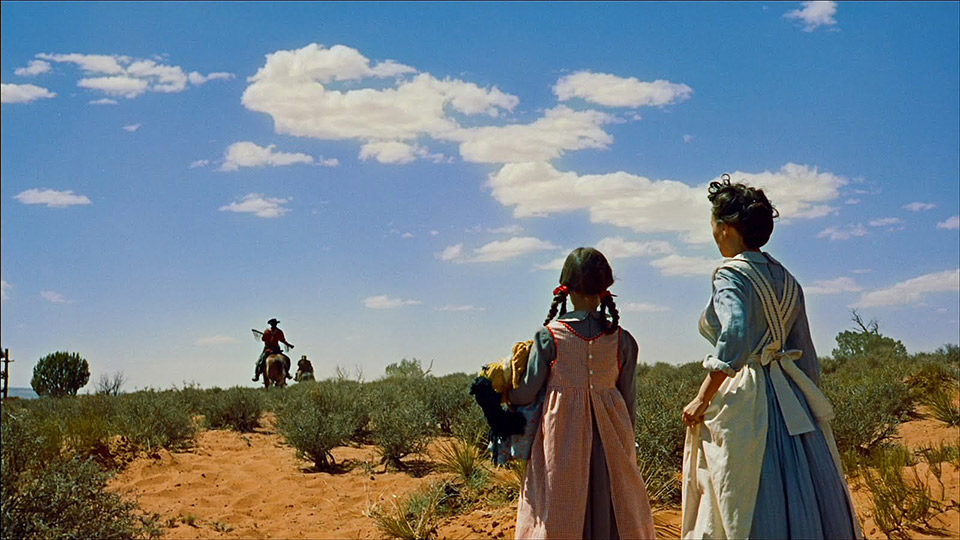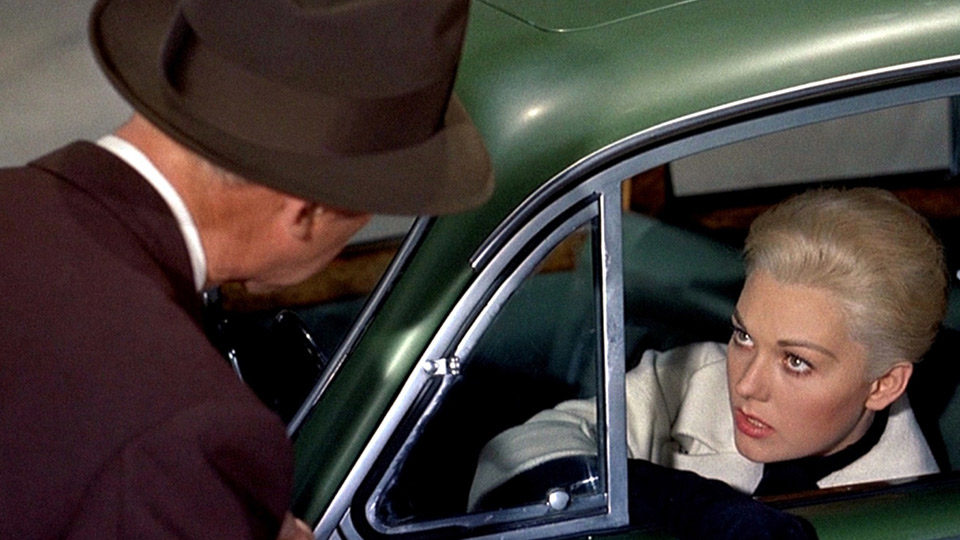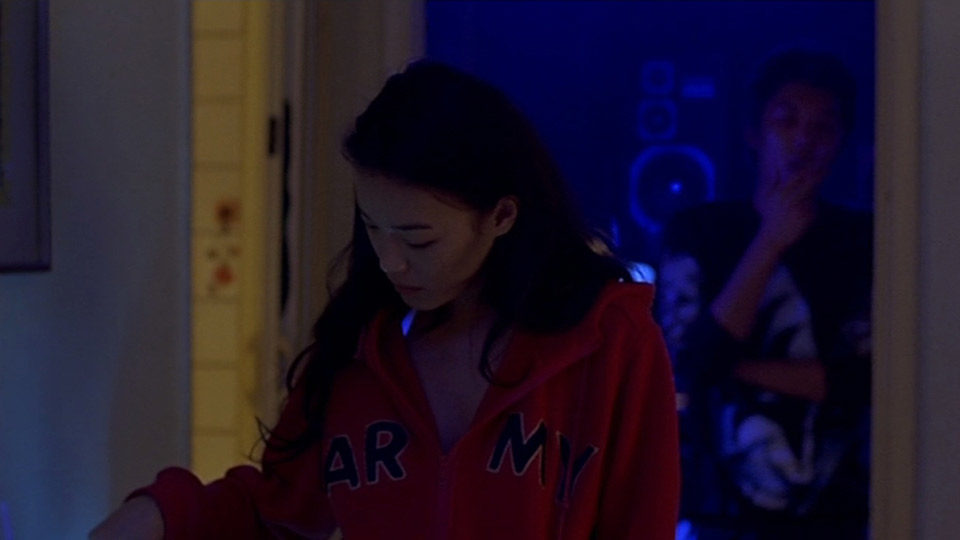
Never the Twain Shall Meet
In most arts, academic study isn’t considered the enemy of journalistic criticism. A newspaper’s music or architecture critic likely studied the discipline in college and applies that training to reviewing current work. When it comes to cinema, though, the relations are cool, even adversarial. When I started grad school in the Seventies, I was startled to find that my new friends looked down on essays I’d written for Film Comment and other magazines. Academics didn’t indulge in what one in my seminar cohort called “film buffery.”
On the other side, cinephile critics, though bona fide intellectuals, were hostile to the developments in academe. As Grand Theory took over the humanities, it seemed that academics were suffocating the art of film under a fog of incomprehensible ideas and tortuous prose. True, some scholars wrote for FC and other cinephile magazines, while some critics, like Manny Farber and Raymond Durgnat, became professors (and at least one, Robin Wood, eventually embraced a version of Grand Theory). Yet the split, cast as one between mandarins and philistines, remained.
It still does. In the introduction to When Movies Mattered: Reviews from a Transformative Decade, Dave Kehr expresses his distaste for “full-bore academia, with its dense, uninviting thickets of theoretical jargon.” Joseph McBride’s revised edition of Steven Spielberg: A Biography spends some pages replying to the academic snubbing of Spielberg, suggesting that campus Marxism is obliged to manhandle any director so focused on the nuclear family and imperial attitudes. For both Kehr and McBride, the breaking point is academics’ rejection of auteurism, which is more than a fruitful way to understand a career and interpret films. It is, as Kehr puts it, “perhaps the simplest, most empirically satisfying way of connecting an audience to a work of art: through a human figure.”

Kehr and McBride are among our finest writers on film, which makes it all the more depressing that there isn’t a rapprochement between their circles and those of us who put film at the center of college teaching and research. Cinephile intellectuals and the people who write for them are indispensible to the health of movie culture. They call attention to new or overlooked work, they champion unfashionable creators, and despite what my snobbish grad school cohort thought, they traffic in ideas. At the same time, not all film scholars believe the author is dead, subscribe to semiology, disdain popular filmmaking, or smother living work under a blanket of Grand Theory.
A piece of cinephile criticism typically focuses on evaluation and appreciation. The ideal cinephile critic has wide and subtle tastes and tries to expose the distinctive qualities he or she finds in the film. Through the skillful use of language, the critic tries to convey the film’s unique identity and to summon up, by a kind of tonal mimicry, the effects that the film arouses. Here, for example, is Kent Jones on Hou Hsiao-hsien’s Goodbye South, Goodbye: “Is there another filmmaker since Warhol with a better sense of just hanging out? It’s about how time feels as it’s passing, about the feeling of simply existing, moving through life as most people do, no big deal, caught in a state of being itchy, nervously under the gun, pressured from outside to perform, to straighten up, to make a little money.”
For Jones, this quality can be seen when the characters in Hou’s film lounge and jitter around their shared apartment; tossing a ball or throwing a Coke can suggest relationships and attitudes. He finds that Hou’s presentation achieves this expressive quality in a way that avoids the “cute aimlessness” of American indies. The effects are carried through particular cinematic choices: “Every space is allowed to live as itself, and the size of the people in relation to what’s around them always sits on the border between observation and involvement, between respect and interest.” This is cinephile criticism in rhapsodic mode. Without itemizing technical details (shot size, composition, lighting), the critic captures the expressive qualities that emerge from the technique. Description, evocation, and judgment become one, signaling the critic’s sensitivity to both details and the whole.

Goodbye South, Goodbye
By contrast, academic research is less geared to evaluation. This is, up to a point, a good thing. For instance, good historical research often involves postponing aesthetic judgment. You may not find films from before 1920 admirable (though you should!), but in any event this body of work and its contexts cry out for intensive study. Likewise, the auteur tradition never studied in detail how the Hollywood system worked. Suspending evaluation allows us to ask questions that aren’t simply factual but have broader implications. The standard story about the early “evolution of film language” has been shown over the last 30 years to be at best an oversimplification and at worst inadequate. But scholars had to look beyond the few classics of Griffith, Chaplin, and DeMille to what we now realize to be a great diversity of creative choices.
Academics also honed close analyses to a high degree of finesse. We can point to earlier instances—Eisenstein’s shot-by-shot discussions of his own work, Bazin’s sensitive scanning of Renoir, Welles, and Wyler, the Movie critics’ version of New Critical depth soundings—but the Seventies saw unprecedented attention to what happened in shots, in cuts, and on the soundtrack. Much of this activity was devoted to films that fascinated the scholar (e.g., Raymond Bellour on Hitchcock), but there was also an advantage just in looking closely at ordinary films. These “tutor texts” allowed researchers to discover how styles, themes, and narrative strategies informed a movie moment by moment.
Postponing evaluation also lets us ask broader conceptual questions. If classic film theory sought to understand the essence of cinema, academics after 1960 tended to concentrate more on how films are assimilated by spectators. The founding gesture here was that of Christian Metz, who famously asked what enables anyone to understand a narrative movie. His answer, a version of semiotics (we understand because we know how to read sign systems), led to other theoretical positions, derived from conceptions of ideology, psychoanalysis, and feminism, capped most recently by various ideas of how culture works through film to construct social identity. These inquiries have their faults, including the habit of interpreting films as charade-like enactments of theoretical doctrines. Still, we can’t deny the legitimacy of asking such basic questions. A critic or biographer can assume that viewers grasped the films, but some of us are rightly curious about how that process works.

The Searchers
Grand Theory drove a wedge between scholars and cinephiliac intellectuals. As academics suspended evaluation, some of them became suspicious. For many, entertainment, even art as a whole, was part of a system of domination. Films enacted ideology; to experience a classic Western is to buy at least partly into its racist assumptions. At best, a film like The Searchers could enact the contradictions seething within the genre or the culture at large. Hence the rejection of the all-powerful auteur: the most a Ford could do was create disturbing cross-talk among the dissonant voices in a film. The real action, some researchers came to believe, lay with the spectator, who grasped any film through her or his own cultural assumptions. Thus began the viewer’s liberation movement known as Reception Studies.
Ironically, despite the suspicion, evaluation crept into Grand Theory. As McBride notes, Grand Theory created a canon of good auteurs, directors who somehow escaped ideological oppression long enough to confront or subvert it. And few academics seem bothered by the possibility that interviewing Chantal Akerman or Pedro Costa granted some role to intentions and personal expression. Explicitly, however, a great many academics turned away from the artistic and humanistic dimensions of cinema. In the process they alienated cinephiles.
Probably there is no prospect of rapprochement with the hardcore seminar culture that insists on opaque prose, ponderous play with theoretical catchwords, and distance from the creative process of filmmaking. But the gulf between cinephile criticism and academic research isn’t absolute. Some notions of authorship, genre, and national cinemas are common to most serious inquiry into films. Although the two camps treat these ideas somewhat differently, interests can sometimes intersect. Consider that McBride’s Spielberg bio, with its 70 pages of bibliography, reference notes, and filmographic information, is academic in the best sense. And Kehr’s essays display an easy familiarity with film history and even Grand Theory, as when he writes in 1985: “Scratch a Star Wars or Close Encounters and what you find is the same old realism: a linear, cause-and-effect story line, characters defined by perfectly conventional psychologies, a visual style still based on the Renaissance norms of ‘natural’ perspective.” Even the quotes around “natural” suggest some acquaintance with conversation in seminar rooms across the land.
Less obvious is the overlap between cinephile criticism and what I’d call middle-level research. Here the academic tries to provide answers to questions posed in a less abstract and general compass than the ruminations and interpretations encouraged by Grand Theory. And middle-level research is especially good, I think, at offering something else. The cinephile essay is strong on evaluation and appreciation; the academic piece stresses theory-driven application and interpretation. Neither tends to provide strong and explicit explanations contoured to matters of filmmakers’ creative choices.

Vertigo
Granted, both traditions often assume that a film can reflect the moods or anxieties of the society it comes from. But this idea usually leads to rather vague and vacuous explanations. Granted as well, academic critics seem to hold that an interpretation is explained by the Grand Theory summoned up. Thus a gender-based reading of Vertigo might seem to validate some version of gender theory as an account of behavior. But critics applying a Grand Theory aren’t really testing it, because no reading on record has failed to find its parent theory illuminating. A system that can generate an academically acceptable interpretation doesn’t automatically gain plausibility in explaining life outside the multiplex. And Grand Theory isn’t well suited for explaining fine-grained choices that matter to cinephiles—matters of framing or lighting or editing.
The prototypical cinephile piece in effect answers a question like this: “What distinctive qualities of this film can I detect, and how do they enhance our sense of its value?” The prototypical academic interpretation would be answering something like: “What aspects of the film are illuminated by my theoretical frame of reference?” I think, however, that we academics can make progress in understanding cinema if our questions are more specifically and self-consciously formulated.
For example, my book Figures Traced in Light considers the Hou films that Jones discussed in his essay. But I came to them with different questions than he did. How does Hou use techniques of staging to shape our understanding of a scene? How do those techniques affect other techniques, such as cutting or camera movement? What are some proximate causes for his adopting those staging strategies? Do his practices tie in to a broader tradition of staging? I argued that Hou’s local film industry obliged him to use location shooting and long lenses in his early work, but he saw these options as harboring unusual visual possibilities: “In his first three films Hou discovered that the long lens can make a setting teem with layers of detail; it can stack or string faces along axes which highlight slight differences; it can turn transient apertures into fruitful slots in the picture space; and its exaggeration of shifts of figure position can yield subtle dramatic rewards. He would apply these lessons to non-telephoto images as well, in the process creating a rich, nuanced pictorial style.”
Soon those possibilities blended with the New Taiwan Cinema’s push toward more realistic stories and the use of nonactors. Hou’s new palette allowed him to find fresh ways to stage and shoot his scenes.

Millennium Mambo
My argument doesn’t replace Jones’s account, and it can’t compete as arresting writing. Some readers will find my concern with technique bloodless or esoteric. (I’d hope they’d read the whole piece, though.) In any event, my chapter tries to provide a causal and functional explanation for some effects of pictorial precision and density that Jones describes. The effort exemplifies what I’ve called a poetics of cinema, the study of the principles by which art works are shaped to achieve particular effects. This middle-level approach allows us to merge critical analysis and interpretation with a degree of theoretical reflection, but one that remains close to the contours of film history and filmmaking practice. Artistry depends on craft, and craft is something both cinephile critics and academics have neglected.
I don’t mean to suggest that my own line of thinking is the only one worth considering. You can find other researchers who go beyond Theory-driven interpretation to work at the middle level: Kristin Thompson, Noël Carroll, Rick Altman, Murray Smith, Malcolm Turvey, Robert Spadoni, Jeff Smith, Scott Higgins, Yuri Tsivian, and many researchers on early film. These writers show the benefits of formulating precise aesthetic questions about movies, their makers, and their spectators, and proposing answers in lucid prose.
In sum, there are research programs that complement cinephile criticism. The critics can evoke the elusive qualities that make the film what it is and can point toward larger issues of artistry and cultural significance. But tight deadlines and narrow word counts often keep critics from exploring anything in greater detail. Academics have more elbow room to study how those qualities came into being, how they work together, and what roles they play historically and culturally. Academics can also contribute new ideas that critics on the front lines can try out. Readers who enjoy cinephile criticism should sample the academic work that stays close to the sensuous surface of a movie. Meanwhile, academics should recognize how cinephile criticism can alert us to the movie’s unique identity. Perceptive appreciation and analytical explanation can enhance one another.
Today every article about film criticism must end by mentioning the Internet. It certainly makes cinephile criticism more accessible, but it has special advantages for academics. Readers who would never pick up one of my books have engaged with ideas on my website. The more enthusiastic responses to the blog entries that Kristin Thompson and I post have convinced me that the Web can help us mandarins illuminate the art that stirs so much ardent intelligence in its audience.
David Bordwell is professor emeritus of film studies at the University of Wisconsin, Madison. He is the author of several books, including Poetics of Cinema and most recently, with Kristin Thompson, Minding Movies: Observations on the Art, Craft, and Business of Filmmaking. They maintain a blog, Observations on Film Art.







